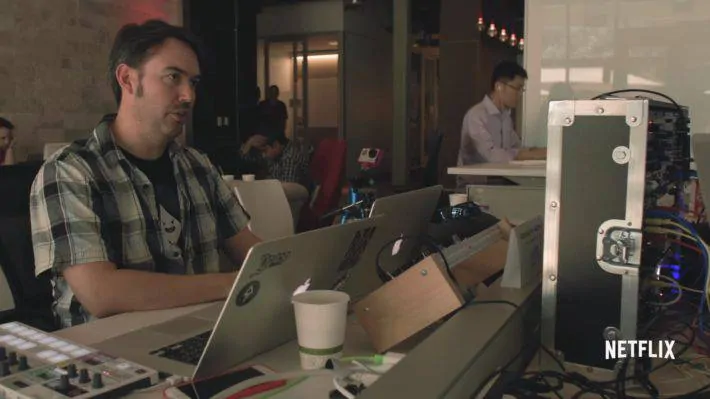Every now and then, Netflix hosts an event called Hack Day, where they allow their engineers to simply run wild and create whatever they can imagine, as long as it’s at least marginally related to Netflix. The projects often wind up being extensions of existing company projects or using company resources and engines, but going in utterly zany directions. This most recent Hack Day celebration featured an engine used by Netflix, a nod to the company’s VR ambitions, and a totally useful idea for those who have kids, roommates or thin walls.
When the engineers were set loose, they created a number of projects for this year ranging from the utterly practical to the utterly pointless. One of the projects was an old-fashioned video store in VR, reminiscent of Blockbuster, where patrons could have a look at the videos on offer and, of course, throw them at things. Called the Netflix Zone, the Vive-tailored experience featured posters and tailored sections for each employee. Upon picking up a video and making the noble decision not to throw it, users were greeted by immersive content related to the video at hand. Netflix engineers also built a Minecraft world with their Spinnaker open-source content delivery system, which resulted in the introduction of order in three dimensions via the debugging tool’s presence in an otherwise chaotic world.
On the useful end of the spectrum, engineers created Tetris, a system to let users customize their categories in the desktop Netflix interface by adding, removing and moving them around. A new feature called Family Catch-Up Viewing was another product of Hack Day, allowing family members who share a Netflix account to see how far other profiles in the account are in shows and catch up, preventing watching ahead and facilitating family viewing. Finally, the engineer team rolled out QuietCast, a feature that allows a user to plug headphones into a phone, tablet or other device where they’re currently watching something, then cast the content onto another screen while the audio plays from the headphones connected to the device that the content is originating from.

